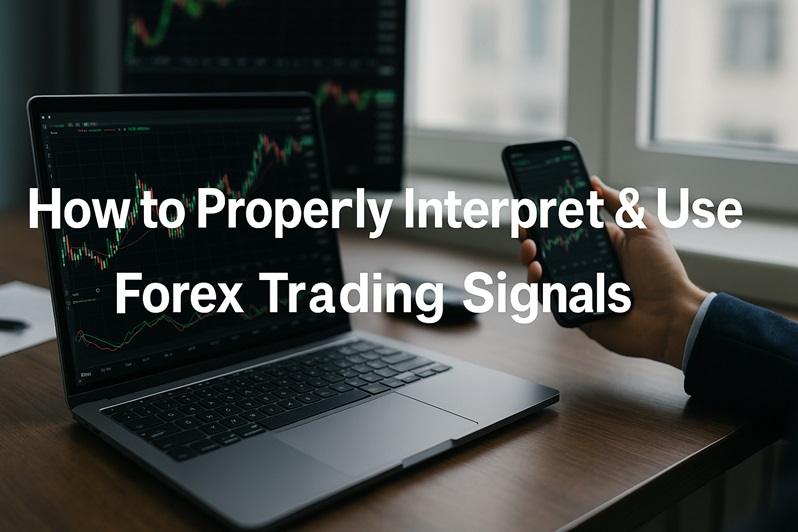
Forex trading signals can be a valuable tool for both novice and experienced traders, offering insight into potential trade opportunities based on technical or fundamental analysis. However, using them correctly requires more than just copying entries and exits. Traders must understand the context, interpret the data properly, and align the signals with their own strategy and risk tolerance.
Understanding the Nature of Forex Signals
Forex signals are essentially trade recommendations that indicate potential market entry and exit points. These signals may be generated manually by professional analysts or automatically through algorithms and bots. Understanding how a signal is generated is crucial. Technical signals rely on indicators like moving averages, RSI, or MACD, while fundamental signals stem from news, economic reports, or geopolitical events. Traders should evaluate the credibility of the source and the methodology behind the signal to avoid basing decisions on unreliable information.
Aligning Signals with Your Trading Strategy
A signal is only as useful as its relevance to your trading style. Scalpers, day traders, swing traders, and long-term investors all operate on different timeframes and risk profiles. Before acting on a signal, traders should assess whether it fits within their chosen strategy. For example, a day trader might disregard a signal based on weekly trends, while a position trader would see value in longer-term analysis. Integrating signals into your plan ensures consistency and prevents emotional, impulsive decisions.
Risk Management and Signal Confirmation
No trading signal is infallible, which is why risk management is essential. Traders should never rely on signals blindly. Instead, they should confirm the signal using their own analysis, be it technical, fundamental, or sentiment-based. Setting appropriate stop-loss and take-profit levels helps manage potential losses and protect capital. Additionally, traders should monitor the broader market environment, as unexpected news can quickly invalidate a previously strong signal.
Conclusion
Properly interpreting and using Forex trading signals involves more than simply following instructions. It requires a strategic mindset, an understanding of market conditions, and a commitment to aligning signals with your overall trading plan. When used wisely, signals can enhance decision-making and improve consistency, but only as part of a broader, well-informed approach.
FAQs
What are Forex trading signals?
They are trade suggestions based on market analysis, offering potential entry and exit points for currency trades.
Should I follow Forex signals blindly?
No. Always validate signals with your own analysis and align them with your risk management rules.
Are free Forex signals reliable?
Some can be, but traders should research the source and test the signals on a demo account before relying on them.
How do I confirm a Forex signal?
Use technical indicators, chart patterns, or news analysis to see if the signal aligns with broader market conditions.
Can beginners use Forex signals effectively?
Yes, if they understand how to interpret them and incorporate them into a structured trading plan.
